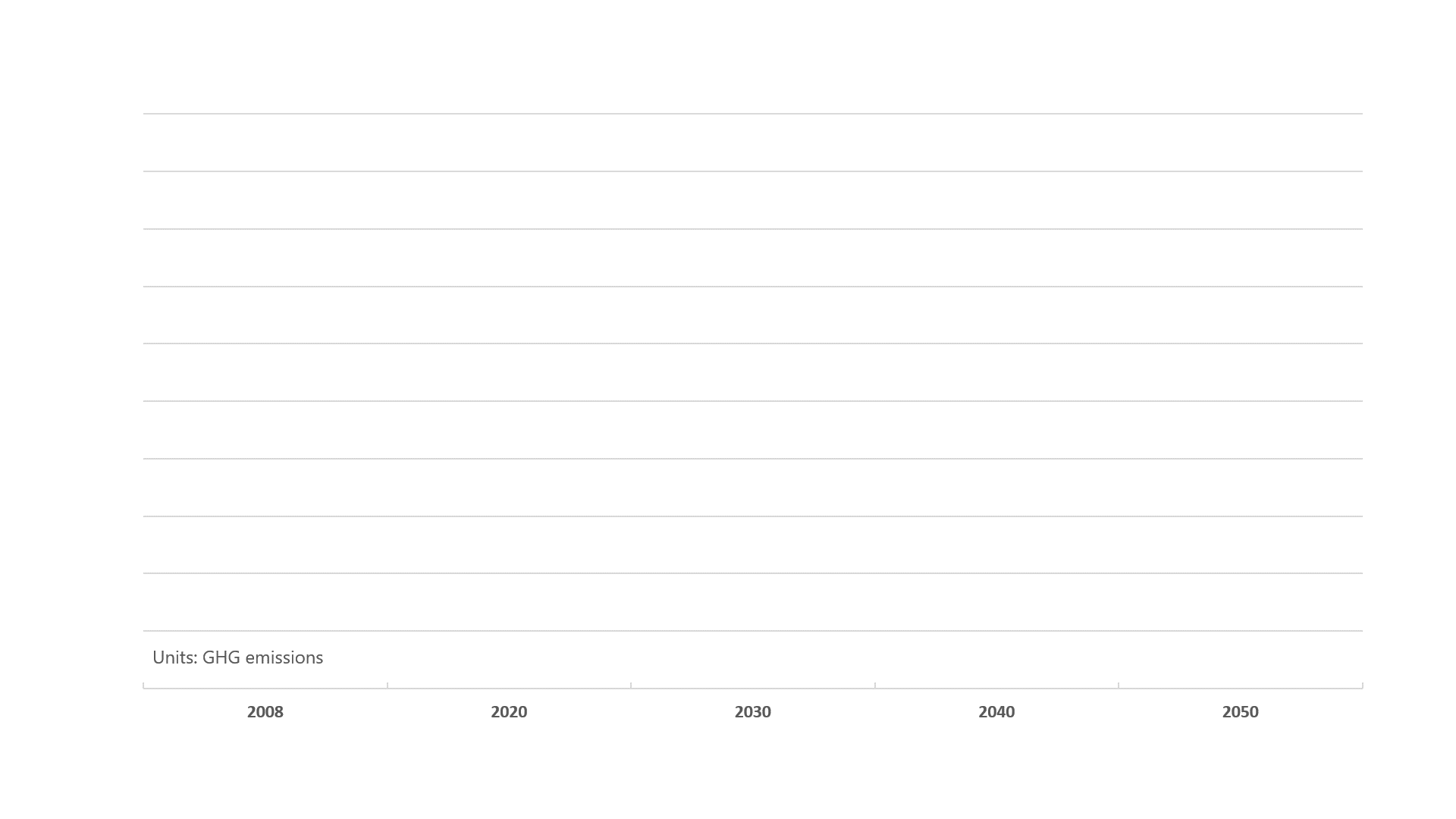IMO’s GHG Strategy
Project GHG: Supporting the industry to meet ambitions on Greenhouse Gas emissions.
To meet United Nations’ Sustainable Development Goal 13, which sets out the need ”to take urgent action to combat climate change and its impacts”, the International Maritime Organization (IMO) outlined its first Greenhouse Gas Strategy for the maritime sector in 2018.
Five years later in July 2023, the IMO revised this Strategy with enhanced targets to tackle emissions. As well as an enhanced common ambition to reach Net Zero GHGs by or around 2050, it also outlined a series of Indicative checkpoints on alternative zero and near-zero fuels.
IMO Greenhouse Gas strategy

Four levels of ambition are outlined in the IMO Strategy:
- Carbon intensity of the ship to decline through further improvement of the energy efficiency for new ships. Strengthening energy efficiency design requirements.
- Carbon intensity of international shipping to decline. To reduce CO2 emissions per transport work, as an average across international shipping, by at least 40% by 2030.
- Uptake of zero or near-zero GHG emission technologies, fuels and/or energy sources to increase. To represent at least 5%, striving for 10%, of the energy used by international shipping by 2030.
- GHG emissions from international shipping to reach Net Zero. to peak GHG emissions from international shipping as soon as possible and to reach net-zero GHG emissions by or around 2050.
The IMO Strategy also outlines new indicative checkpoints:
The 2023 IMO GHG Strategy introduces indicative checkpoints to reach net-zero GHG emissions from international shipping, namely, to reduce the total:
- Annual GHG emissions from international shipping by at least 20%, striving for 30%, by 2030, compared to 2008.
- Annual GHG emissions from international shipping by at least 70%, striving for 80%, by 2040, compared to 2008.
How is this going to be achieved?
The 2023 IMO GHG Strategy foresees a basket of measures being developed in the mid-term to deliver the reduction targets comprised of both technical and economic elements.
- Technical element. A goal-based marine fuel standard (GFS) regulating the phased reduction of marine fuel’s GHG intensity.
- Economic element: Based on a maritime GHG emissions carbon pricing mechanism. No agreement has been reached but it is proposed to link directly to the GHG intensity fuel standard (GFS).
As was the case with the 2018 IMO GHG Strategy, it will be applicable for five years. It will be revised further in 2028 when even more stringent requirements are expected.
IMCA continues to monitor developments at the IMO and feed into relevant discussions. This work sits with IMCA’s Marine Policy and Regulatory Affairs Committee.
To support its Members and the industry to make progress towards these ambitions, IMCA has a new campaign, ProjectGHG. Find out more at our dedicated online hub.
Find out more:
The latest from IMCA and the ProjectGHG campaign from across the website: news, views, events and more.
